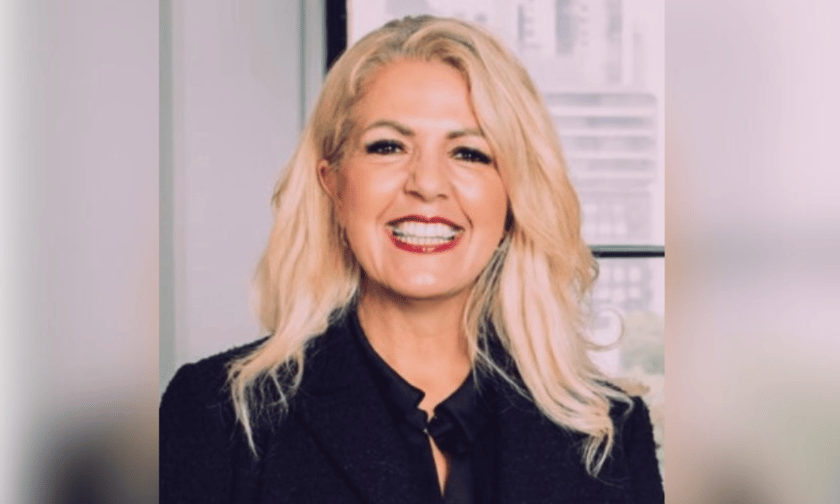

According to some industry stakeholders, a sure sign of a soft market is a change in the behaviour of brokers and insurers. This is evident currently, they say, in the professional indemnity (PI) insurance market and coverages for smaller SMEs. New players and increased capacity mean brokers are in a tough competition for business.
“For the average SME and PI space - it's just crazy,” said Anita Lane (pictured). “I've not seen it like this for a very long time.”
Lane is managing director at CFC Underwriting (CFC) Australia and a specialist in financial lines covers. In March her former agency, Solution Underwriting, officially became part of global firm CFC.
As an underwriter dealing with brokers and insurers, she noticed changes in behaviour towards the end of last year. In recent months, she suggested, they’ve intensified.
“There’s lots of competition, lots of quoting and lots of pricing,” said Lane. “They're all really strong signs of how soft the market is at the moment.”
She said sometimes her agency sends a broker terms for a PI coverage and that broker will come back and say that another agency has offered the same risk coverage for half the premium cost.
“What amounts to purely a grab for some market share is really what we're seeing in the last few months,” said Lane.
The managing director said this situation contrasts with their insurance challenges early last year in a harder market.
“In a hard market, you'll always get another chance to look at something,” said Lane. “In a soft market, the next you know and the next communication you get from a broker is a lapsed notice saying that they've placed the risk somewhere else with no explanation and no conversation - nothing.”
She said they’ve recently seen SMEs change brokers and coverages for as little as $100 difference in premium.
“That’s really the sign of a soft market,” said Lane
Also, when there’s more capacity around, she said, it can be harder for brokers and their underwriters to compete for a client.
“We've seen people now [insurers and agencies] be braver and increase their line capacity and then they block out other markets,” said Lane.
She said, before the softer market, her firm was “able to play in the excess layer space.”
“Now, with more capacity, people are being a bit bolder and putting down extra capacity lines that in a hard market you don't see,” said Lane.
As an underwriter, another change she notices whenever a softer market comes into play: the quality of broker submissions drops.
“They get very poor in a soft market because we have everybody falling over themselves to provide terms,” said Lane. “In a hard market, brokers really have to work a lot harder to create great submissions and give us the information that we need.”
Lane said in this current soft PI market, the questions she sends to brokers seeking more information about an SME’s risks can remain unanswered. That usually means the broker has found covers for their client elsewhere.
“But in a hard market, those same brokers behave very differently,” she said. “It’s incredible to watch.”
Lane described the current state of mind of many insurance firms in this PI market as “defense mode.”
“Markets are starting to actually provide a discount on renewal without a broker even asking for it because everyone goes into defense mode to protect their renewals book,” said Lane.
This happens, she said, before the insurer has even seen the renewal submission.
“Just so that they can secure the client and make sure that that that broker is not going to go elsewhere,” said Lane.
The reason, she said, is that insurers and underwriters tend to have more success renewing existing coverages than finding new customers.
Lane said the PI market hasn’t been this soft for some years and suggested this intensification of competition can be disconcerting for some brokers. However, she called for calm.
“We shouldn't panic, right? We've been here before and we will get ourselves out of it,” she said. “All those things like COVID-19 and interest rates kept it hard for a while but this is how a natural market behaves.”
Lane recommended that brokers make sure they maintain close contact with their insurers.
“Brokers need to just keep very close to their insurers, during the soft and the hard market, to know what their appetite is and what their pricing is,” she said. “Then they always should communicate to their clients what the market is actually doing.” This helps avoid clients being surprised by differences in price. She expects this softer market to continue through 2025.
Lane suggested that the soft market and increased capacity is largely a result of new players entering the market. However, much of the capacity they are offering isn’t actually new, she said.
“We haven't seen new capacity but what we've seen is some new players and I think that’s confusing brokers a little bit,” said Lane.
For example, global insurer Markel entered the market about a year ago but the new players in the PI space are usually agencies.
“A few new agencies have offered capacity to some of the markets here, and there are brokers who may think that there are also new insurers coming in, but actually it all comes from Lloyd's capacity anyway,” said Lane. “I think that competition has certainly increased and that saw the market softening.”
Are you a broker in the PI market? Please tell us about your challenges below
